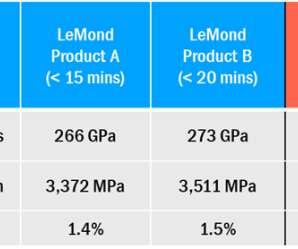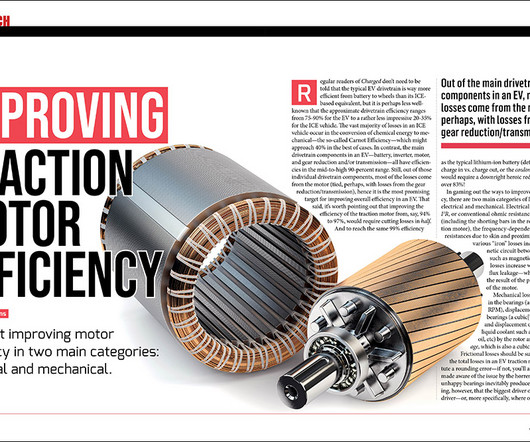LeMond Carbon obtains independent verification of its carbon fiber rapid oxidation technology
Green Car Congress
DECEMBER 22, 2019
LeMond and Deakin University are teamed to commercialize this innovative technology which enables reductions of 75% and 70% in capex and energy consumption per kilo of output respectively. The rapid oxidation process enables LeMond to produce carbon fiber with the lowest embodied energy of any standard PAN-based carbon fiber available today.















Let's personalize your content